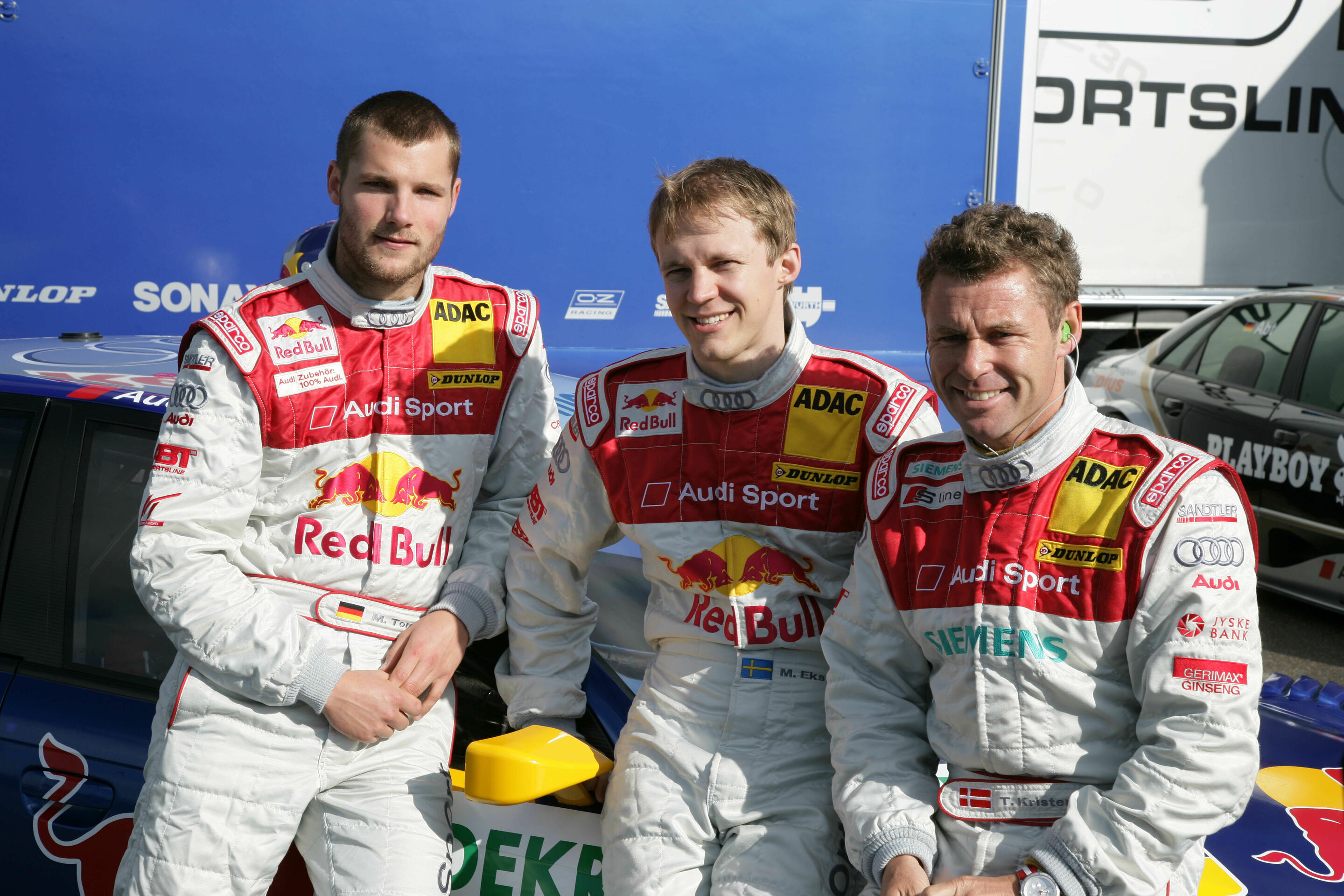Enjoyment without adverse effects – the Audi drivers’ diet
- Medical criteria for perfect performance
- 4 days until the start of the 2006 DTM
The fact that racing drivers are top-class athletes is something many fans are aware of from Formula 1. Yet knowledge of the fact that conditions in the DTM are even more extreme at times is not as common. The heat generated inside a racing car with a top is intensive, demanding maximum physical fitness – and thus good nutrition as well. At Audi, Dr Christian John monitors the eating habits of all drivers.
Carbohydrates are considered the “fuel of endurance athletes.” An office worker burns 2,200 to 2,400 kcal, an athlete 5,000 kcal, and during extreme sporting competitions, such as the Tour de France, the consumption may reach 7,500 to 8,000 kcal. “I have changed my eating habits when I became a professional racer,” says Martin Tomczyk. “Carbohydrates, in other words pasta, and lots of liquid are particularly important. And I take my time to chew all my food thoroughly so that it won’t sit in my stomach.” Heavy sweating inside the cockpit also results in a loss of magnesium which must be compensated for by drinks containing lots of electrolytes. Because an “overdose” leads to diarrhoea, though, precise individual measuring is required. The loss of one and a half to two kilos of body weight due to perspiration on a race Sunday is not uncommon.
“Light meals, in other words, salads, pasta and fruit – particularly bananas – ar my choices,” says Tom Kristensen, who has another tip in store: “Whenever I contest an endurance race for Audi, I cannot afford to get hungry on the track.”
